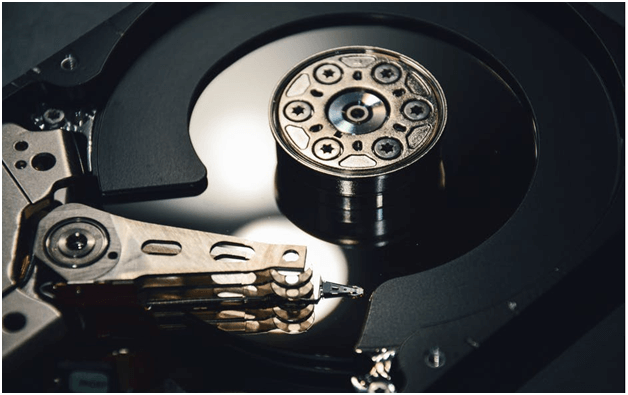The aspect of designing and developing your products, selling and making profits is an enticing aspect to many. However, before a product is ready for the market, it passes through various engineering designing processes that mould the product for the market. Unfortunately, for everyday folks who dream about delving in mechanical design and offer valuable ideas for processing, this phase is not all cut and dry. Below are the essential aspects that a mechanical design engineer considers when producing a product.
- A mechanical design engineer establishes specifications
The mechanical
design book 101 states that the first aspect in developing a new product is
determining the problem. Ideally, every product that is launched is set to
deliver and solve a pre-existing issue. Due to this, it is critical to work
with an engineer to figure out what the problem is and how the product you aim to
produce will aid in offering a solution.
- Brainstorm the initial ideas and concepts with a mechanical design enginneer
The mechanical design engineer
salary is a limiting factor for most entrepreneurs considering product design.
However, when developing a product, this isn’t to be considered until later on.
An interested party should collect sketches, gather data and take various
photographs of things that inspire them. It is only after this is the design
team is given something to go forward with.
- Establishing the feasibility of the project by a mechanical design
engineer
With
advancement in technology, engineers now use the CAD software to determine the feasibility of a plan.
This begins as a basic design of the various strategies you have made. The
focus is given on understanding how the sketches made can be interpreted into
useful data and hence positively impacts your design. As it is still in the
conceptual stages, a change in the plan is usually easy to incorporate at this
stage.

- The mechanical design engineer’s team producing a prototype
As expected
after analysing, collecting date and various ideas of sketches, a sample is
produced as the next step. The product prototype acts as a sounding board in
which, you together with the mechanical engineer analyse your initial ideas. It
is at this stage that various product design companies will countercheck and establish if any
changes are to be made.
- The mechanical design engineer conducts tests on product design
Finally,
as the product undergoes the final stages, it is advisable to set out a small test
product for sampling purpose. Doing this includes recruiting many people to give
feedback and can consist of acquaintances, friends and family. As a rule, only
choose people who can provide insightful feedback. When this is done, analysing and reflecting on
the feedbacks given allows the mechanical
design engineer to tweak and incorporate the feedback into your initial ideas.
Conclusion
Overall, the mechanical design steps highlighted are imperative in ensuring that your product has a chance in the market. Though various products need a custom made plan to ensure success, following the guide as a base will aid in ensuring you are staying on the right path as you develop a new product. If you are unsure, reach out to a mechanical design engineer to know what specific measurements you need for your product.



